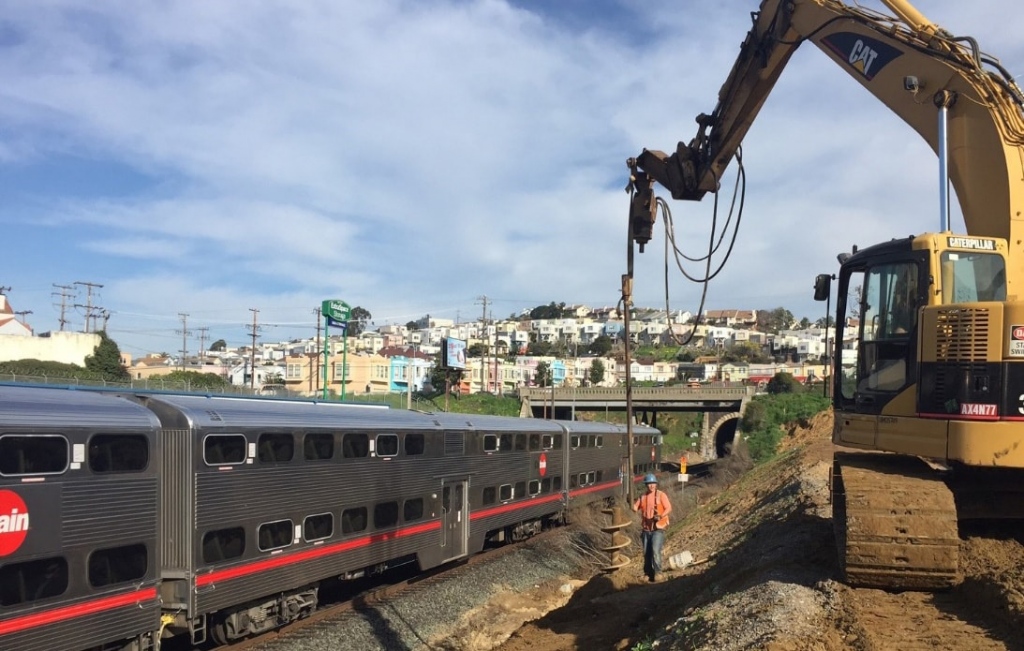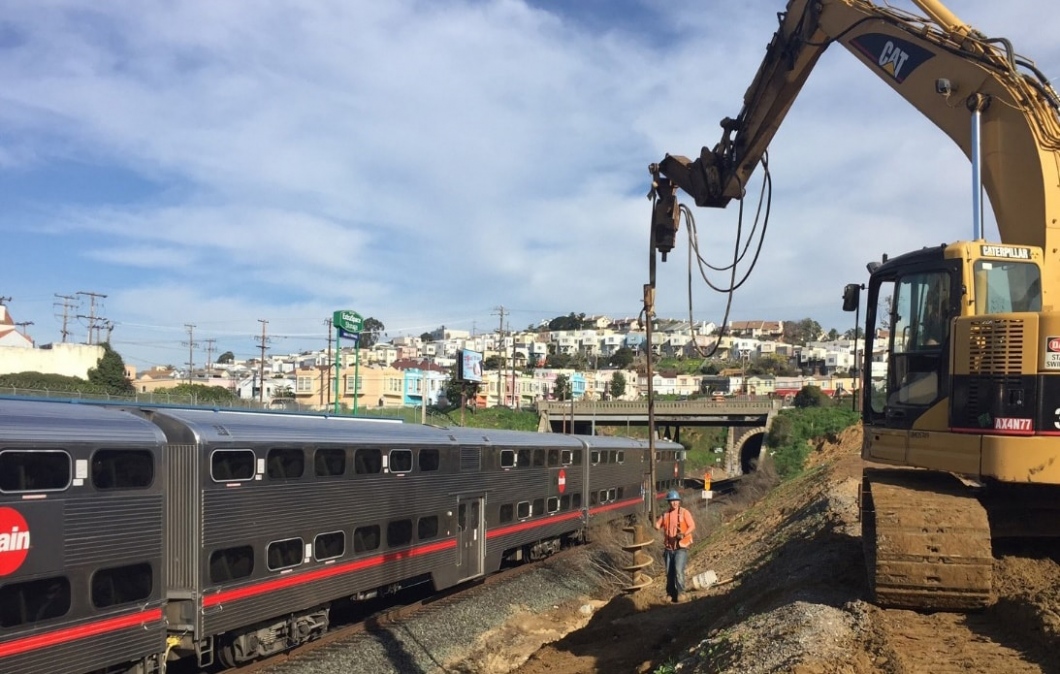The challenges that face a construction crew on a new housing development site can be tough. Even before turning the soil, there are a number of things that need to be done to ensure the safety of workers and the long term viability of the site, including, but not limited to the following:

- Taking core samples of soil on sites where there may be a chance of toxicity. This is especially problematic on former industrial sites.
- Scanning for and mapping all buried pipes, utilities and other structures.
The Value of Scanning
The value of performing a Radio Frequency Locator (RFL) and Ground Penetrating Radar (GPR) scan cannot be underestimated. An RFL and GPR scan is typically performed by experts in the field to determine where there are buried pipes, utilities, and other structures. This mapping is essential when it comes to potential excavation and drilling at the site.
Such a topographical map provides work crews with a visual key that informs the excavation, drilling, or boring process. Depth can be noted and buried structures can be marked with chalk on the surface so as to provide a guide. Furthermore, the benefits of GPR scanning include the following:
- Efficiency and scheduling: Every construction, excavation, drilling, and work crew has a timeline and a deadline to meet. For large construction contracts, for example, there are strict milestones to be met that stakeholders in the project have set. Performing a ground scan saves time and ensures that the work is kept on Being aware of what is under the ground surface before the soil is even turned can save valuable time and money! The last thing that any project stakeholder wants to hear is that a deadline has not been met due to unforeseen underground structures being found.
- Safety: For reasons of worker safety, it is essential that all buried structures are mapped beforehand. This also avoids potential damage to drilling, excavation, or other equipment, and therefore minimises the risk of delays and cost blowouts.
- Budget concerns: When equipment is damaged during a project due to having hit a buried structure, it causes costs and delays. Likewise, if drilling or excavation is being performed in an area where buried infrastructure, such as pipes, cables, and fibre optic lines are buried, cutting through them can also cause damage and delays, as work then has to be done to repair the damaged lines. For example, where there are water pipes, damage may occur that results in the entire project being delayed due to emergency work crews having to come in and fix the damage.
- Information: When there is an accurate map of underground pipes, lines, cables, infrastructure, or other buried objects, the new project can be adjusted to suit these pre-existing features. Without this sort of information in hand, unexpected discoveries of buried objects can cause delays.
Having All of the Information
GPR scanning is an essential tool in the excavation, drilling, boring, and construction industries, particularly in areas where underground features are likely to be present. Having these features depth-mapped provides a guide for project work, saves time, and minimises risk.

